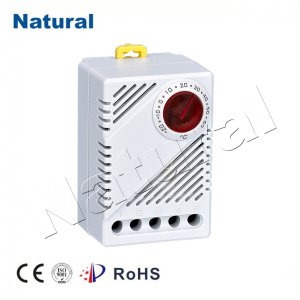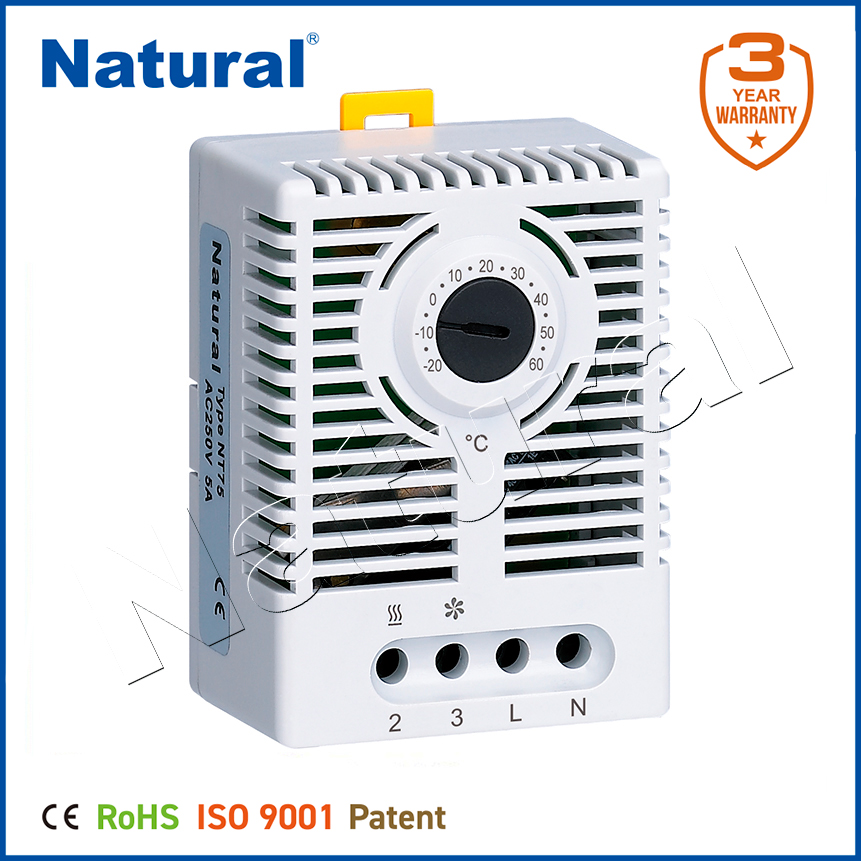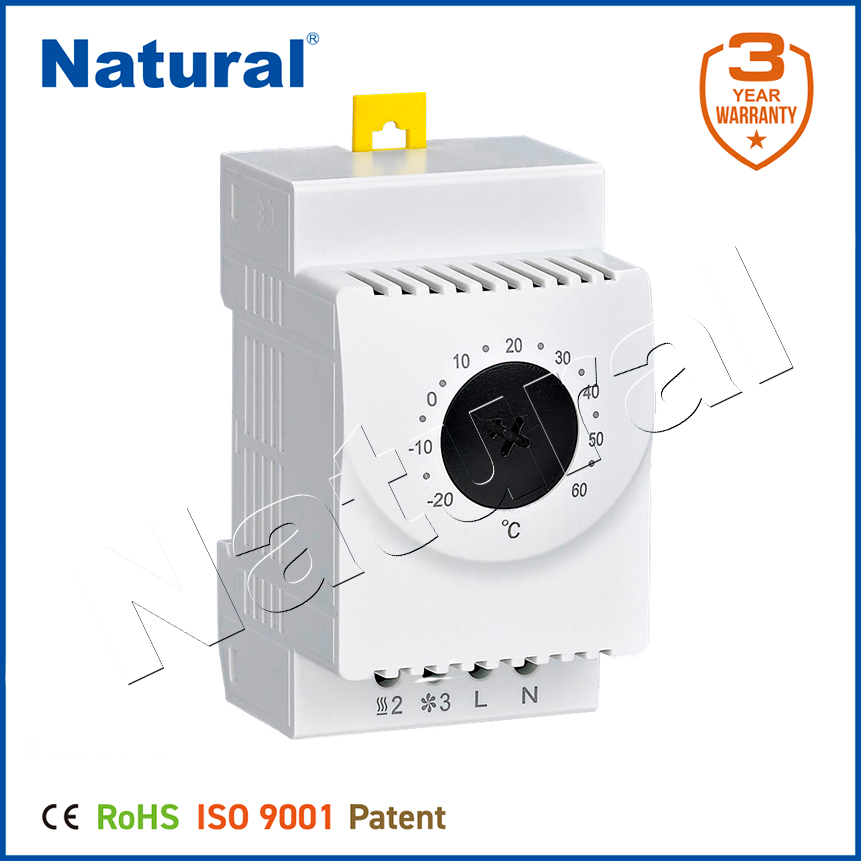In today’s world of heating and cooling technologies, electronic thermostats play a crucial role in maintaining optimal temperature settings with precision and efficiency. Unlike traditional mechanical thermostats, electronic thermostats leverage advanced electronic components to regulate temperature, offering a plethora of benefits in both residential and industrial settings.

How Electronic Thermostats Work

Electronic thermostats operate by using sensors to detect ambient temperatures and compare them against predetermined settings. These sensors, often thermistors or semiconductor devices, provide real-time feedback to a control unit, typically a microprocessor or microcontroller. Based on this input, the control unit determines whether to activate or deactivate the heating or cooling equipment connected to it. This intelligent feedback mechanism ensures that the environment remains within the desired temperature range, promoting comfort and energy efficiency. Key Features and Advantages One of the standout features of electronic thermostats is their precision. Unlike their mechanical counterparts, which may have a wider temperature swing, electronic thermostats can maintain temperatures within very tight tolerances. This precision not only enhances comfort but also contributes to energy savings by minimizing unnecessary heating or cooling cycles.

Leave a Reply